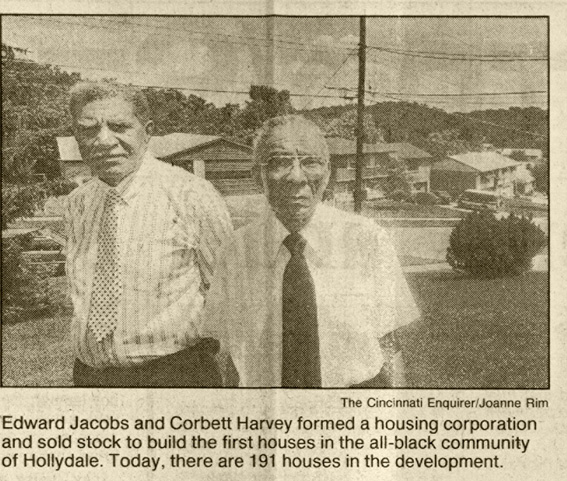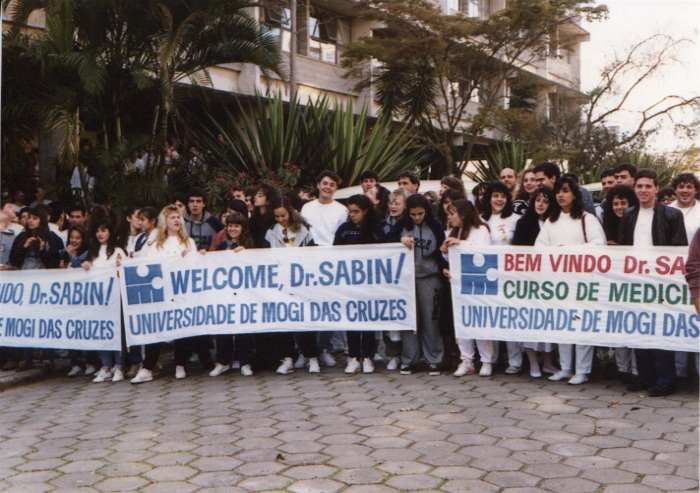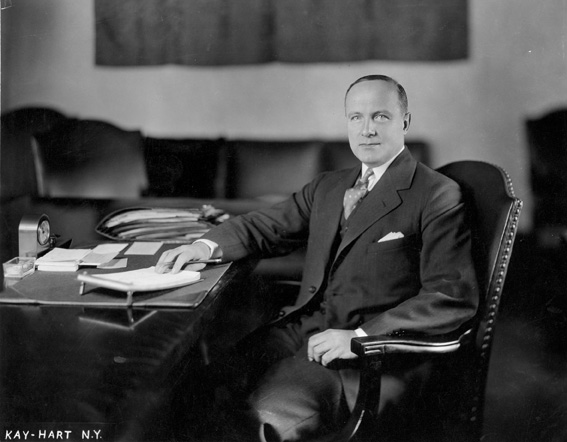By Laura Laugle
 On May 28, 1948, less than a year after its initial formation, Cedar Grove Homestead Association had the funds available to authorize Berry to begin negotiations to purchase a 93 acre tract of land. The final price for the land: $17,500. Unfortunately, getting the owner to sell to an association made up entirely of African Americans wasn’t so easy…
On May 28, 1948, less than a year after its initial formation, Cedar Grove Homestead Association had the funds available to authorize Berry to begin negotiations to purchase a 93 acre tract of land. The final price for the land: $17,500. Unfortunately, getting the owner to sell to an association made up entirely of African Americans wasn’t so easy…
The problem for Berry and his partners was, as expected, discrimination. The chosen plot of land for the subdivision which would be named “Hollydale” was a farm in Springfield Township near Glenview Golf Course. Continue reading


